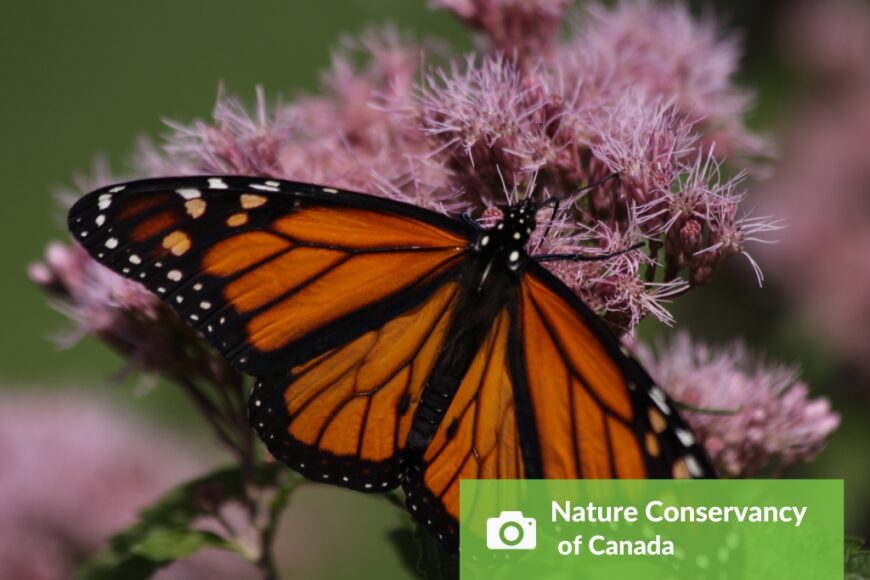Steinbach Online, written by Judy Peters Monday, Sep 30 2024
https://steinbachonline.com/articles/hope-amid-decline-many-monarchs-seen-in-southeastern-manitoba
In southeastern Manitoba, Norm Gregoire, who works with species at risk, has noticed something surprising this September: a large number of Monarch butterflies during their fall migration.
“I’m blown away by the number of Monarch butterflies I’ve seen lately,” he said.
However, this good news comes alongside some troubling statistics. Recent surveys show that the monarch butterfly population has dropped significantly from two years ago.
Most of the eastern Monarchs that we see in southeastern Manitoba spend the winter in a small area of central Mexico, specifically in the Oyamel fir forest. According to Gregoire, about 99% of these butterflies migrate there to overwinter.
Experts measure the monarch population by calculating the amount of land they occupy while resting in Mexico.
“If we compare this past winter to the previous winter, the size of land where they’re found in central Mexico shrank by 59%. That’s crazy,” Gregoire said.
He hopes that seeing an increase in monarch butterflies during fall migration is a good sign for the endangered species.
Background information on the Monarch Butterfly:
Across North America, populations of the iconic Monarch Butterfly are in steep decline. The brilliantly-coloured Monarch is a summer breeder in many areas of southern Canada, and most Canadian-born adults head to the highlands of central Mexico to overwinter. It takes three to four generations of Monarchs to return to Canada during the spring migration. Monarchs require both milkweed (the host plant of the Monarch caterpillar) and other wildflowers (a source of nectar) across the breeding range and migration routes.
The federal government formally listed the Monarch Butterfly as Endangered in December of 2023. Monarch population decline is likely due to a combination of threats: habitat loss, use of herbicides and pesticides, and climate change. – Canadian Wildlife Federation (cwf-fcf.org)

